
The buzz around AI has been growing, and I’ve been really interested in using it for image processing. I have worked with many models like Autoencoders, GANs and CNNs. Lately, I’ve become curious about stable diffusion techniques. So, I decided to conduct an experiment using Stable Diffusion 1.4. My goal was to create book cover art for 100 randomly chosen books from Project Gutenberg.
The outcome of this experiment exceeded all expectations. I was able to generate a wide range of incredible book covers. Many cover art beautifully captured the essence of the book while also providing a visually captivating experience. Some covers were bold and colorful, while others were more subtle and thought-provoking.
To help others explore this captivating technique, I’ve created a Kaggle notebook. This notebook has all the information and tools you need to create your own unique book covers. Here is the link to the notebook
https://www.kaggle.com/code/finalepoch/book-cover-generation-project-guttenberg-ebooks
While not every AI-generated image may be exceptional, there are certainly many that stand out and leave a lasting impression. Given below are some of the masterpieces generated by Stable Diffusion:
Tarzan the Untamed by Edgar Rice Burroughs

Little Journey to Puerto Rico by Marian Minnie George.
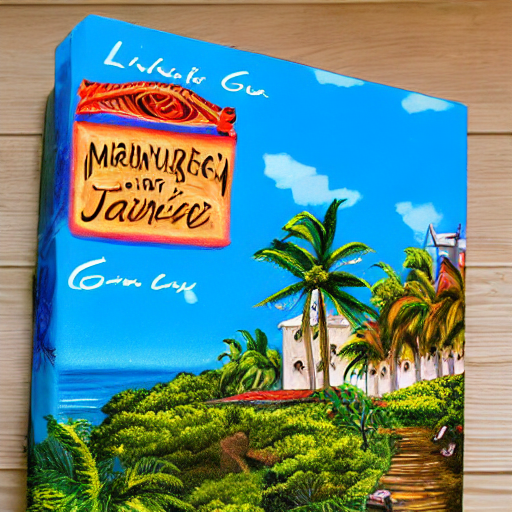
Our Cats and All About Them by Harrison Weir.
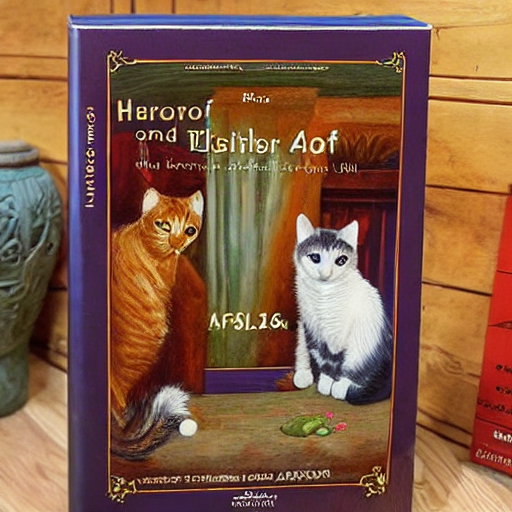
Mrs. Budlong’s Christmas Presents by Rupert Hughes.
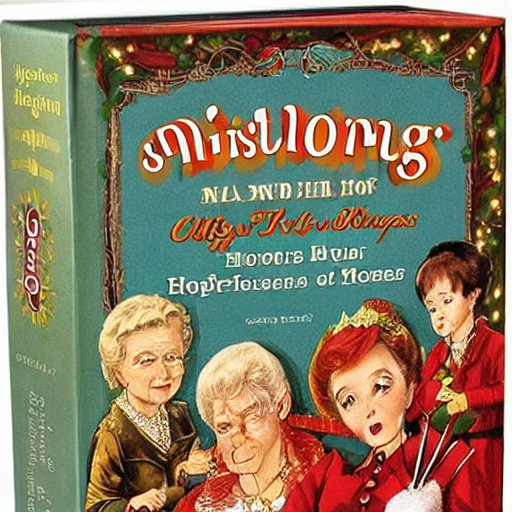
Les mystères de Paris, Tome II by Eugène Sue.
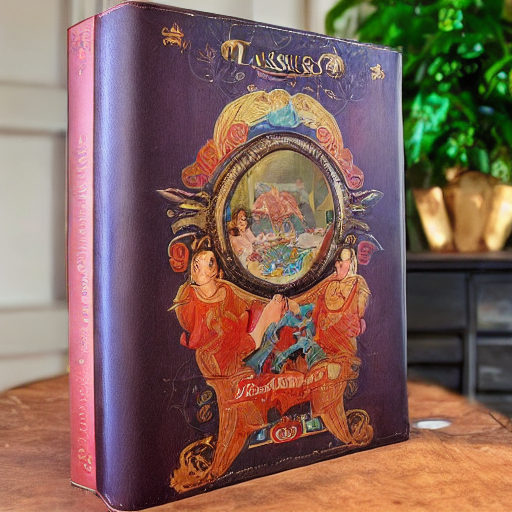
The New Guide to Knitting & Crochet by Marie Jane Cooper.
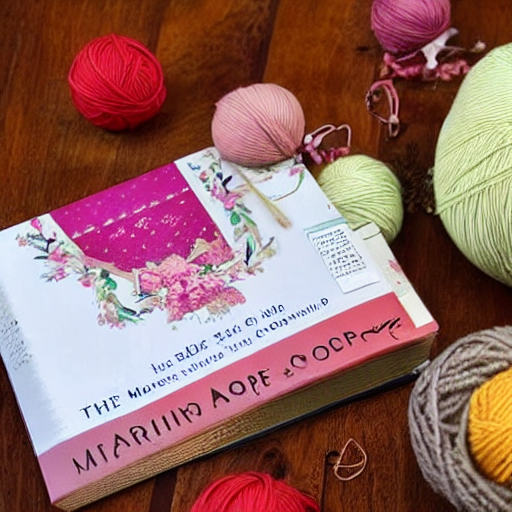
Using Stable Diffusion, we can create amazing book covers that truly represent each book. The results of this experiment are mind-blowing and make us think about the future role of humans in creative arts and coding. As AI algorithms become more advanced, they have the potential to replace humans in certain tasks. This raises questions about what lies ahead for creative artists and programmers like myself. However, it’s important to remember that we can still use these tools to improve our work and take our art to new levels.




